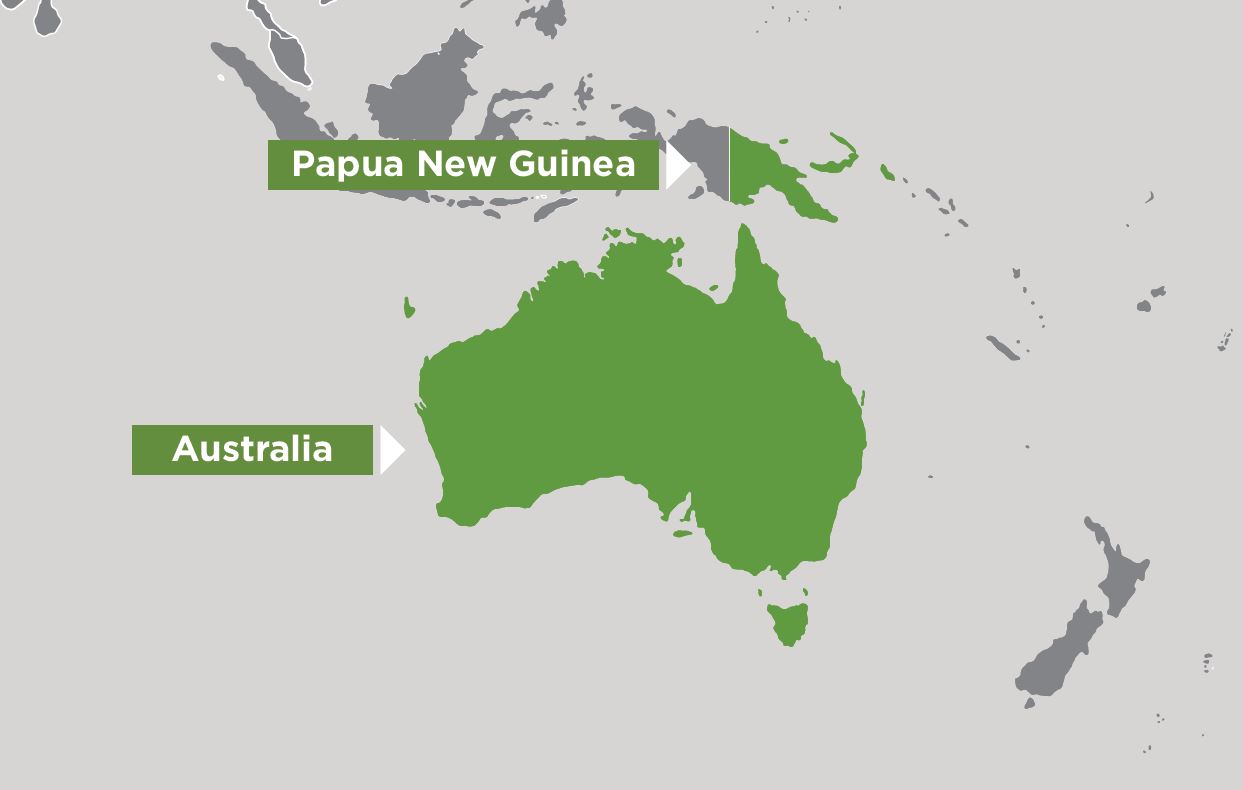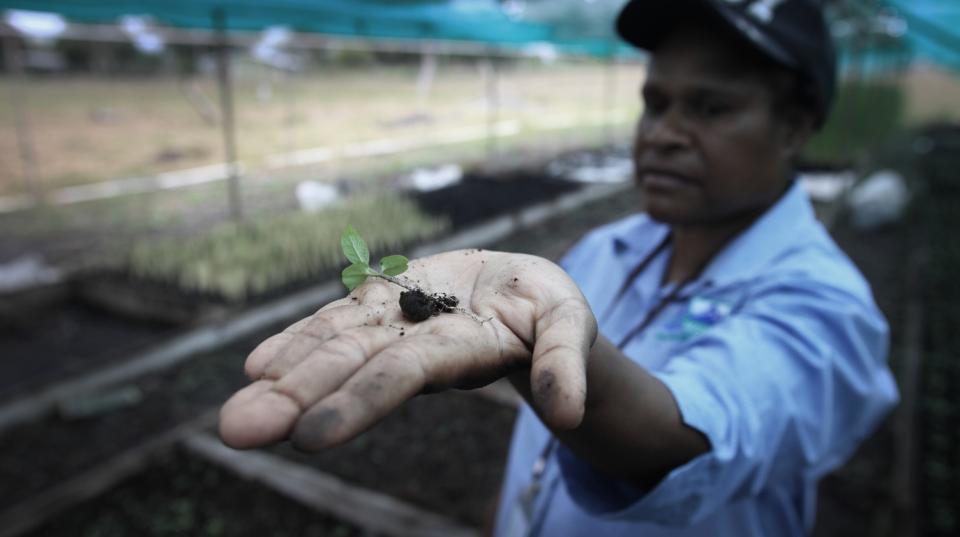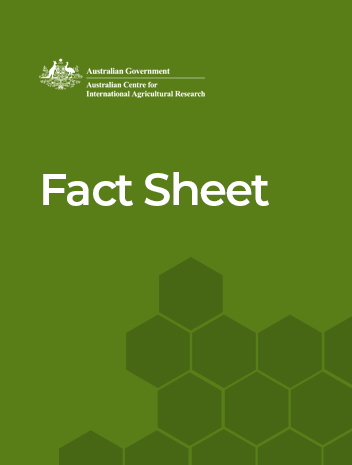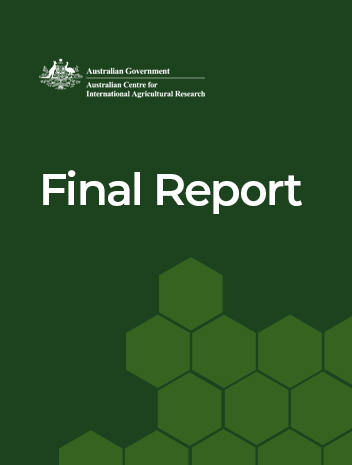Overview
This project aimed to advance the development of germplasm sources and smallholder-friendly silviculture systems for teak (PNG) and sandalwood (PNG and Cape York Peninsula) to provide new opportunities for enhancing smallholder livelihoods in these regions and achieving PNG’s plantation development target.
In Australia’s Cape York Peninsula, where sandalwood occurs naturally, there are often limited options for commercial development. However, research has showed that incorporating sandalwood into existing indigenous land management systems and extending this into commercial plantings, would provide an opportunity to use a common tree species for economic development.
As many smallholders in PNG seek alternative cash crops, there is potential to develop appropriate tree growing regimes, like sandalwood, that complement their existing agricultural activities.
The rich biodiversity of Papua New Guinea’s (PNG) natural forests provides many of the products that sustain the livelihoods of the people of PNG. While strong international demand for such products has resulted in the depletion of natural timber sources across the country, the rising demand opens opportunities to establish smallholder-based planted resources to service those markets.
Project outcomes
- Enhanced household financial security due to the potential liquidity of the trees once they are of an appropriate size.
- Enhanced tree assets supporting business opportunities (e.g. nurseries, establishment and processing), providing benefits beyond the families developing the trees.
- Increased availability of high-quality germplasm to support new teak and sandalwood plantings.
- Strategically located planted resources from improved germplasm progressively becoming more economically viable to source timber compared with increasingly distant and diminished natural stands.
- Economic advantage of harvesting from planted resources expected to progressively increase through the greater prevalence of supply chain systems to prove legality and sustainability in the marketplace.
- Reinvigoration of the genetically eroded natural sandalwood populations, potentially reducing its current ‘threatened’ status by village and enrichment plantings with variable seed sources.
- Increased utilisation and/or restoration of marginal or idle agricultural land and logged forest.






